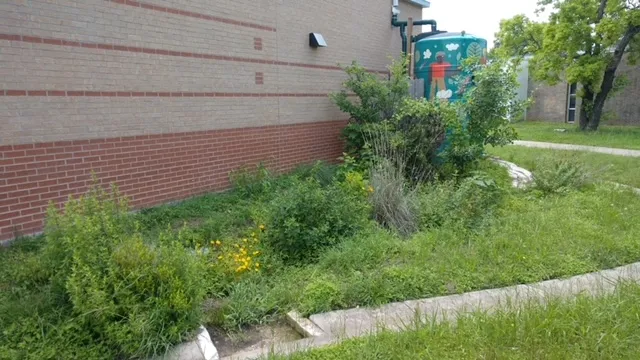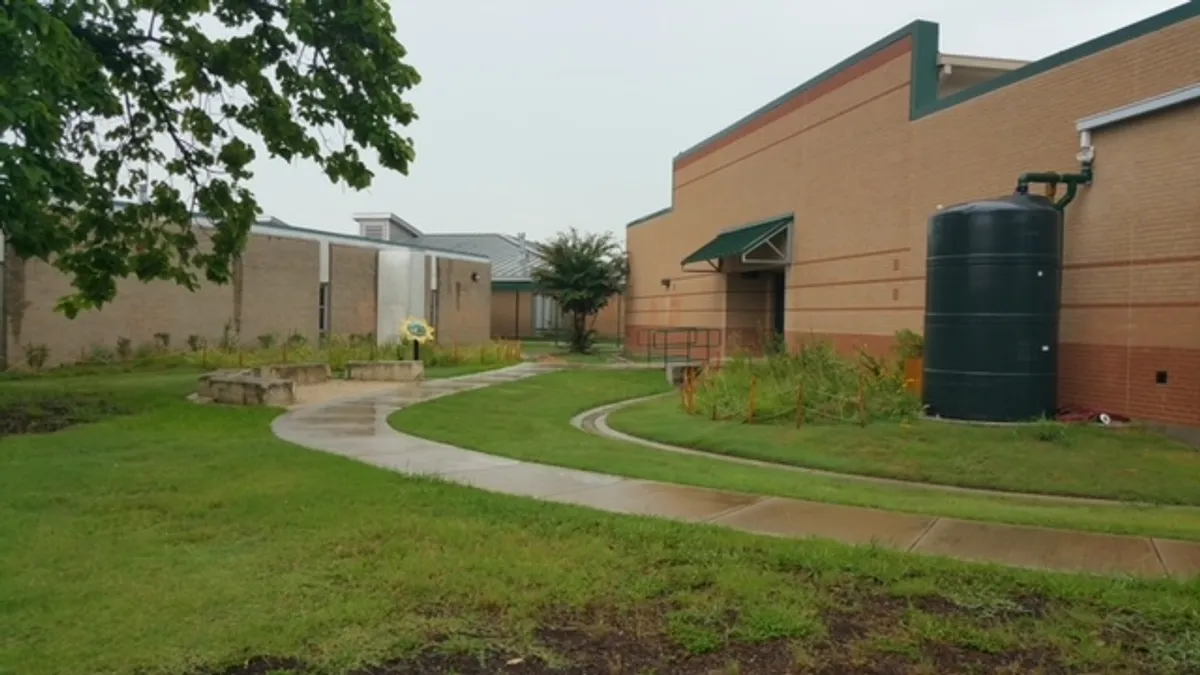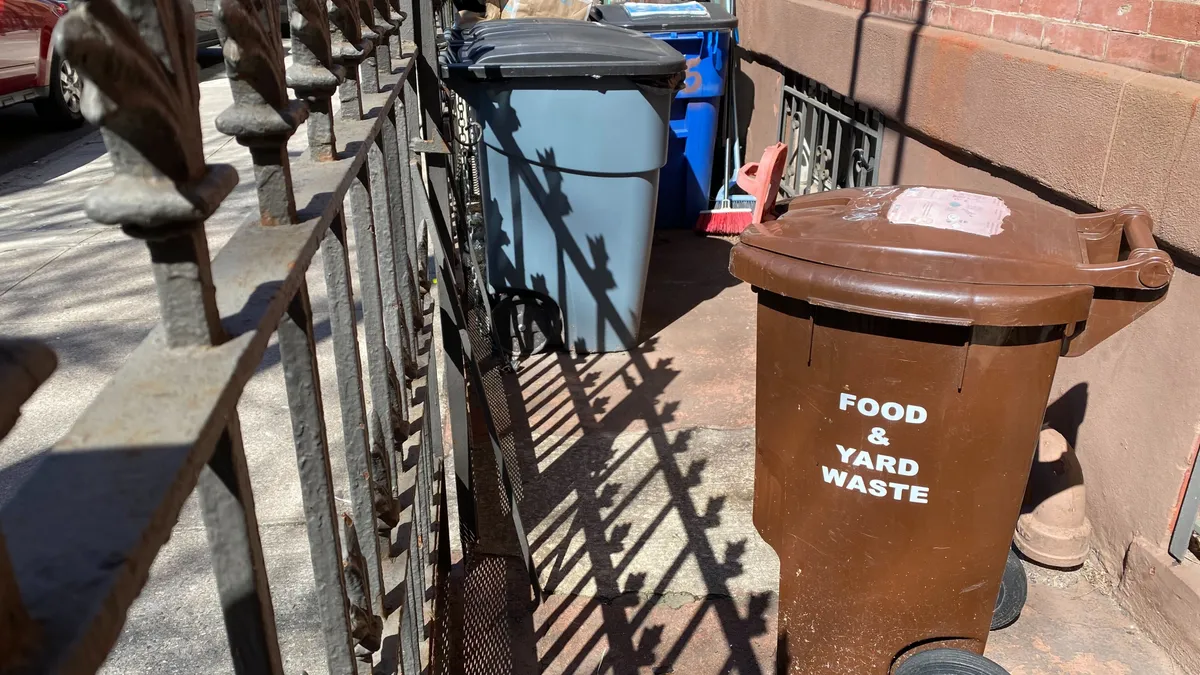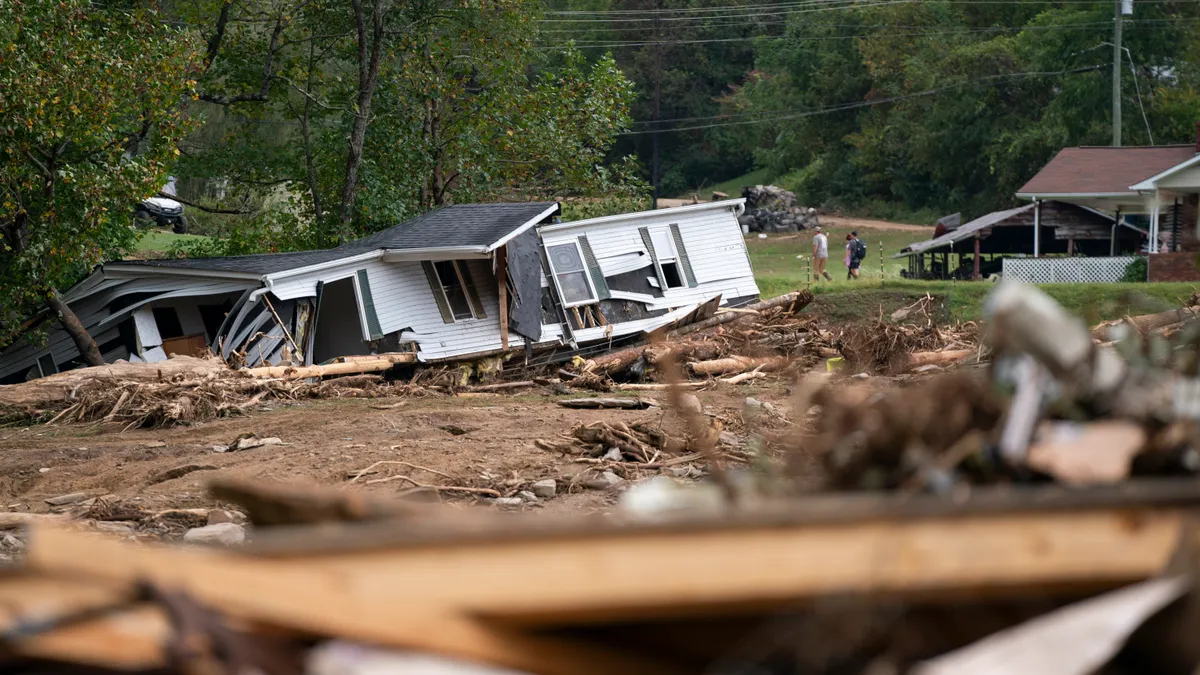In early February, winter weather pummeled Austin, Texas, where “extreme weather” usually refers to sweltering temperatures, not ice storms. More than 100,000 city residents lost power because of the historic weather event, a recent example of why cities need to prepare for a changing climate.
To Katie Coyne, Austin's environmental officer and assistant director of the Watershed Protection Department, climate change adaptations will require rethinking the interplay between the urban environment and what we consider nature: trees, plants and the ecosystems undergirding them.
“Historically, we’ve thought of [environmentalism] as at odds with development [and] urban places,” Coyne said. “Now there’s a new focus: How do we think about embedding more ecosystem function into our urban core, our suburban neighborhoods, throughout communities?”
She said that by thinking holistically about urban design, cities could help both their residents and ecosystems thrive.
According to Coyne, Austin approaches “urban nature solutions” in innovative and varied ways. For instance, urban trees reduce rainwater runoff, promote rainwater soil infiltration, provide cooling and shade, and sequester carbon. The city protects different native trees through city ordinances and created a planting prioritization map to center equity in tree planting, as wealthier and whiter parts of the city currently have more of a tree canopy than more diverse and less affluent neighborhoods.
In addition, developers must provide on-site stormwater treatment, in most cases by using nature-based stormwater infrastructure such as bioswales and rain gardens.
Urban nature solutions using green (land-based) and blue (water-based) infrastructure may become more common across the country following the November 2022 White House launch of a road map to “make nature-based solutions a go-to option for fighting climate change.” The initiative aims to increase adoption by easing access to funding and updating federal guidelines and policies, among other efforts.
Advocates for urban nature solutions say that tapping blue and green infrastructure can help cities realize many climate, social and health benefits for their residents.
Costs and benefits
“Urban nature is an effective climate mitigation tool that can help local governments save energy, reduce emissions and save money,” said Julia Meisel, manager of RMI’s urban nature initiative and one of the authors of a recent report on the topic. “If you’re a local government wanting to pull every lever that you can to meet your climate action or emission reduction goals, we want to make sure that nature is on [your] list,” she said.
If you’re a local government wanting to pull every lever that you can to meet your climate action or emission reduction goals, we want to make sure that nature is on [your] list.

Julia Meisel
Manager of RMI’s urban nature initiative.
Laurian Farrell, North American regional director at the Resilient Cities Network, defines urban nature solutions as “infrastructure that is serving a purpose within a city [with a] foundation that is built on already existing natural functions — either trying to mimic those natural functions or enhance those natural functions — in a way that integrates urban living with nature.” These solutions include street trees, bodies of water, parks, green stormwater infrastructure, urban forests and more.
The Biden administration’s road map and resource guide are the first official federal government supports for nature-based solutions. According to Farrell, the move “sends a really clear message” about the value of these projects.
The RMI report estimates the price tag of various urban nature solutions as part of a cost-benefit analysis and concludes that annual investment in such solutions must rapidly increase worldwide. Investment in massive climate mitigation strategies can be steep, with RMI suggesting a global investment of $98 billion yearly until 2050. The report also estimates such investments would have average annual net benefits of $2.1 trillion, delivering $59 trillion in total net benefits by 2050.
Urban nature solutions can help cities meet other goals in addition to building urban climate resilience, the RMI report explains. For example, access to nature can improve residents’ physical and mental health, while investing in urban nature solutions can bring green workforce development and training to cities that sorely need jobs.
The best urban nature solutions for a given city depend on the city itself. A city with scorching temperatures in the summer, like Austin, might benefit from cooling solutions, such as planting trees near buildings to reduce ambient temperature and for shade to mitigate energy consumption from air conditioning. Street trees can also encourage people to use their cars less, as walking, biking, or waiting for a bus in a shaded area is much safer than on hot, unshaded asphalt. The RMI report found that increasing Austin’s tree cover to 40% in areas with deficient shade could decrease the number of vehicle miles traveled in the city by more than 19 million over the next 12 years.
Cooling solutions can have a sizable, positive impact on economically and socially marginalized neighborhoods, which tend to be hotter than similar but wealthier neighborhoods due to more buildings and fewer natural resources like trees. (The Biden administration announced an effort last year to create more equitable access to parks and vegetation, in part to address access disparities across race and class.)
Reversing past damage
Some urban nature solutions address rapid urbanization and are “oriented around trying to reverse the mistakes of paving everything,” said David King, an assistant professor at Arizona State University’s School of Geographical Sciences and Urban Planning. For instance, nature-based stormwater infrastructure reduces flooding and water pollution by allowing stormwater to drain slowly through permeable surfaces like rain gardens and bioswales.

King noted that while building requirements may include these stormwater landscaping solutions, the stormwater runoff was created by regulations requiring “enormous parking lots” that increase the need to manage and filter water from impervious asphalt and concrete surfaces.
Examples like these demonstrate the dichotomy between nature and urbanization that urban nature solutions are working to disrupt. RMI’s Meisel said trees are especially valuable when a city is considering where to focus its urban nature efforts. In fact, RMI estimates that 72% of the total value of urban nature is due to street trees and urban forests.
But a few trees in a parking lot can’t sequester enough carbon to help lower emissions. While a few planted trees can provide sufficient shade to impact human health significantly, lower temperatures and alter transportation decisions, only very dense tree cover has the potential to mitigate pollution, which isn’t possible in some modern cities.
Urban planning experts emphasized that there’s no one-size-fits-all urban nature solution for cities, and finding consensus on the best approach for any one city can also be challenging. King’s home base of Phoenix — the hottest city in the U.S. — currently aims to cover at least 25% of the city with trees. “Is that the best solution?” he asked. “Or is it better to actually remove some of the asphalt and cement [to help] minimize some of the heat problems that we have?”
While each city will confront its own questions when planning urban nature solutions, Meisel calls for cities to “prioritize [urban nature] as much as they prioritize any infrastructure.”



















